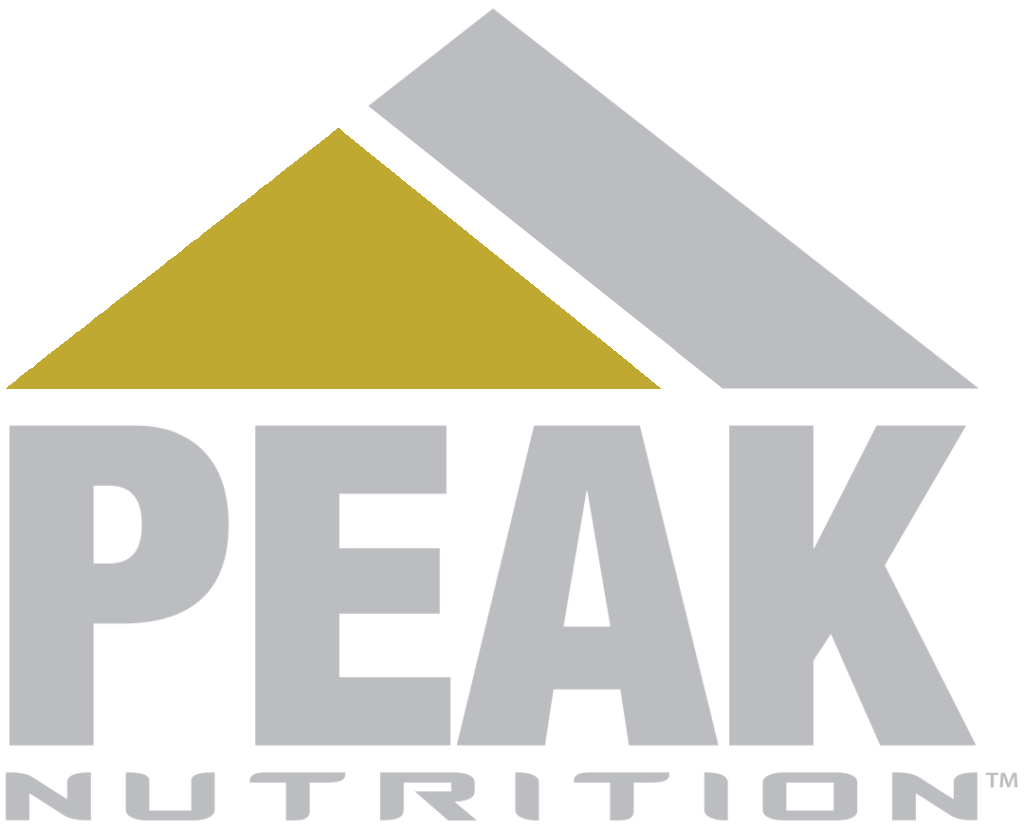Creatine is a naturally occurring compound found in muscle cells, playing a pivotal role in energy production during high-intensity, short-duration exercises such as weightlifting and sprinting. Supplementing with creatine has been extensively studied and is renowned for enhancing muscle strength, power, and overall athletic performance. Various forms of creatine supplements are available, each with unique characteristics and purported benefits. This comprehensive guide delves into the different types of creatine, providing an in-depth analysis of their features and advantages to help you make informed decisions for your fitness regimen.
- Creatine Monohydrate
Creatine monohydrate is the most prevalent and extensively researched form of creatine. It consists of a creatine molecule bonded with a water molecule, yielding a supplement that is approximately 90% pure creatine by weight.
Features:
- Purity: High concentration of creatine per serving.
- Stability: Stable and maintains potency over time.
- Solubility: Moderate solubility in water; micronized versions offer improved solubility.
Benefits:
- Enhanced Muscle Mass: Promotes increased muscle size through water retention and muscle fiber growth.
- Improved Strength and Power: Facilitates rapid ATP production, boosting performance in high-intensity activities.
- Cost-Effective: Generally more affordable compared to other forms.
Numerous studies have confirmed the efficacy of creatine monohydrate in enhancing athletic performance and muscle growth, making it a staple in the fitness community.
- Micronized Creatine
Micronized creatine is essentially creatine monohydrate that has undergone additional processing to reduce particle size.
Features:
- Particle Size: Smaller particles enhance solubility in liquids.
- Mixability: Easier to mix into beverages with less sedimentation.
Benefits:
- Improved Absorption: Enhanced solubility may lead to better absorption in the digestive tract.
- Reduced Gastrointestinal Discomfort: Smaller particles may minimize stomach issues associated with creatine supplementation.
While micronized creatine offers improved solubility, its effectiveness is comparable to standard creatine monohydrate.
Got it! Let’s dive straight into crafting your 2,500-word blog post on the types of creatine for Peak Nutrition.
The Complete Guide to Creatine: Types, Features, and Benefits
When it comes to building muscle, enhancing strength, and improving athletic performance, creatine stands as one of the most popular and effective supplements available. But with so many forms of creatine on the market, it can be overwhelming to decide which one best suits your needs.
This comprehensive guide breaks down the different types of creatine, their unique characteristics, and the science-backed benefits each one offers. Let’s take a deep dive into the world of creatine and empower your fitness journey.
What Is Creatine?
Creatine is a naturally occurring compound primarily stored in muscles and used for energy production. It helps regenerate adenosine triphosphate (ATP), your body’s primary energy currency, making it essential for short bursts of high-intensity activities like sprinting, weightlifting, and jumping.
Though your body produces creatine from amino acids and you can consume it through foods like red meat and fish, supplementation is the most effective way to saturate your muscles with this power-enhancing molecule.
Types of Creatine
1. Creatine Monohydrate
The gold standard of creatine supplements, creatine monohydrate, has been the subject of countless studies. It comprises creatine bonded to a water molecule and is approximately 90% creatine by weight.
Features:
- Proven Effectiveness: Backed by decades of research.
- High Purity: Contains a high concentration of creatine per serving.
- Affordability: One of the most cost-effective options.
- Moderate Solubility: Dissolves adequately in water; micronized versions offer improved mixability.
Benefits:
- Increased Muscle Mass: Promotes muscle cell hydration, leading to fuller, larger muscles.
- Enhanced Strength and Power: Fuels rapid ATP production for intense physical activity.
- Improved Recovery: Reduces muscle damage and inflammation, speeding up recovery between workouts.
Who It’s Best For: Beginners and seasoned athletes looking for a reliable, research-backed supplement.
2. Micronized Creatine
Micronized creatine is simply creatine monohydrate that has been processed into smaller particles to improve its solubility and absorption.
Features:
- Fine Particle Size: Reduces sedimentation when mixed with water.
- Better Solubility: Mixes easily into liquids without clumping.
Benefits:
- Faster Absorption: Smaller particles may facilitate quicker digestion and uptake into muscle cells.
- Gentler on Stomach: Ideal for individuals who experience bloating or gastrointestinal discomfort with regular creatine monohydrate.
Who It’s Best For: Anyone seeking the benefits of creatine monohydrate but with improved solubility and mixability.
3. Creatine Hydrochloride (HCl)
Creatine HCl is creatine bonded to hydrochloric acid, which increases its solubility and absorption. It has gained popularity for its lower required dosage.
Features:
- High Solubility: Dissolves almost instantly in water.
- Low Dosage: Effective at smaller serving sizes (1–2 grams compared to 5 grams of monohydrate).
Benefits:
- No Loading Phase Needed: Achieves muscle saturation without the initial loading phase required by monohydrate.
- Reduced Water Retention: Causes less bloating, making it ideal for athletes concerned about appearance.
Who It’s Best For: Individuals prone to bloating or those looking for a low-dose alternative to creatine monohydrate.
4. Buffered Creatine (Kre-Alkalyn)
Buffered creatine, marketed under names like Kre-Alkalyn, is creatine monohydrate that has been chemically modified to resist degradation in the stomach.
Features:
- pH-Buffered Formula: Helps maintain stability in acidic environments.
- Extended Shelf Life: Stays potent longer due to its altered structure.
Benefits:
- Improved Stability: Less likely to convert into creatinine, a byproduct that provides no performance benefits.
- No Loading Phase: Claims to deliver results without high initial doses.
Who It’s Best For: Athletes seeking a potentially more stable and efficient form of creatine.
5. Creatine Nitrate
Creatine nitrate combines creatine with nitrate molecules, resulting in a compound that enhances both creatine’s performance benefits and nitrate’s vasodilating properties.
Features:
- Dual Action: Provides the benefits of creatine and improved blood flow through nitrate.
- High Solubility: Mixes well in liquids.
Benefits:
- Improved Pump: Increases nitric oxide production, leading to enhanced vascularity and muscle pumps.
- Enhanced Endurance: Boosts oxygen delivery to muscles, improving stamina.
Who It’s Best For: Bodybuilders or endurance athletes looking for increased vascularity and stamina.
6. Creatine Ethyl Ester
Creatine ethyl ester (CEE) is creatine bound to an ester molecule, purportedly increasing its absorption and bioavailability.
Features:
- Enhanced Bioavailability: Claims to be absorbed more efficiently than monohydrate.
- Reduced Dosing: Requires smaller amounts to achieve effects.
Benefits:
- Potential for Less Water Retention: May lead to a drier, less bloated look.
- Improved Muscle Uptake: Some users report faster effects.
Who It’s Best For: Those who struggle with the digestion of other creatine forms.
7. Liquid Creatine
Liquid creatine comes in a pre-dissolved form, making it convenient and easy to consume. However, its stability and effectiveness have been questioned.
Features:
- Ready-to-Drink Formula: Pre-mixed for convenience.
- Short Shelf Life: Susceptible to degradation into creatinine.
Benefits:
- Ease of Use: No need for mixing or preparation.
Who It’s Best For: People seeking quick and convenient supplementation, though other forms are generally more effective.
8. Creatine Magnesium Chelate
This form of creatine is bonded to magnesium, an essential mineral for energy production and muscle contraction.
Features:
- Magnesium Component: Enhances muscle function and ATP production.
- Dual Benefits: Combines creatine and magnesium supplementation.
Benefits:
- Improved Performance: Synergistic effects on energy production and recovery.
- Reduced Cramping: Magnesium may alleviate muscle cramps associated with intense training.
Who It’s Best For: Athletes looking for a multi-functional supplement to support performance and recovery.
Which Type of Creatine Is Right for You?
Choosing the best type of creatine depends on your goals, preferences, and individual response to supplementation. Here’s a quick guide:
- For Beginners: Creatine monohydrate is the best starting point, thanks to its affordability and proven effectiveness.
- For Those with Sensitive Stomachs: Micronized creatine or creatine HCl are excellent options for reducing bloating and discomfort.
- For Advanced Athletes: Creatine nitrate or buffered creatine may provide added benefits for pump and endurance.
- For Convenience Seekers: Liquid creatine offers simplicity, though it may not be as potent.
- For Multifunctional Support: Creatine magnesium chelate combines performance and mineral supplementation.
How to Maximize Creatine Supplementation
To get the most out of your creatine supplementation:
- Dosage: Stick to 5 grams daily for maintenance. If using creatine HCl, 1–2 grams may suffice.
- Hydration: Stay hydrated to support creatine’s water-retention effects in muscle cells.
Creatine remains a powerhouse supplement for anyone looking to enhance strength, muscle mass, and athletic performance. With a variety of forms available, understanding the unique features and benefits of each type can help you select the right option for your fitness journey.
Whether you’re a seasoned athlete or just starting, creatine offers a reliable, scientifically validated boost to help you reach your peak potential. Choose wisely, and let creatine fuel your path to success.

